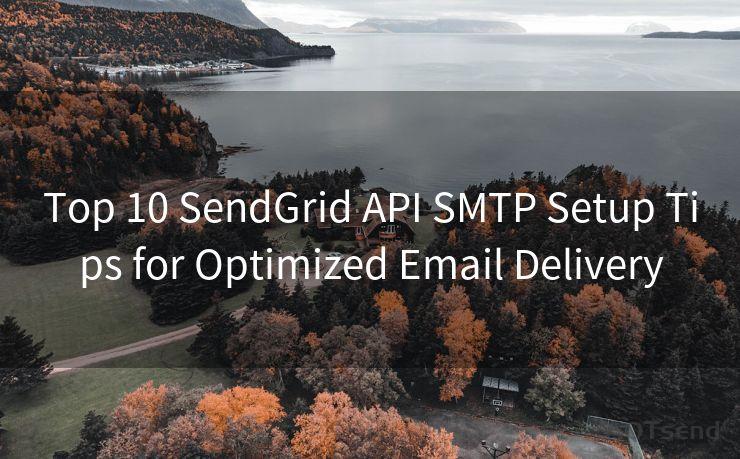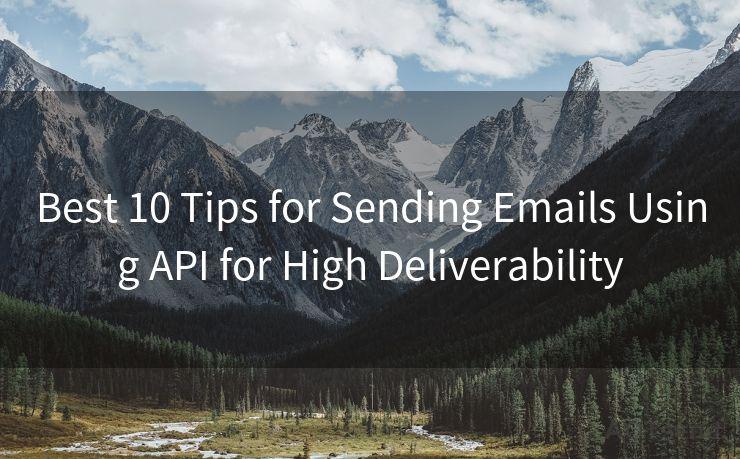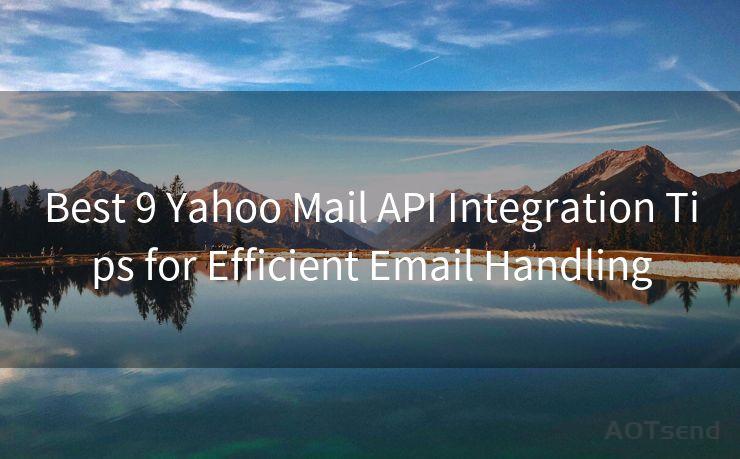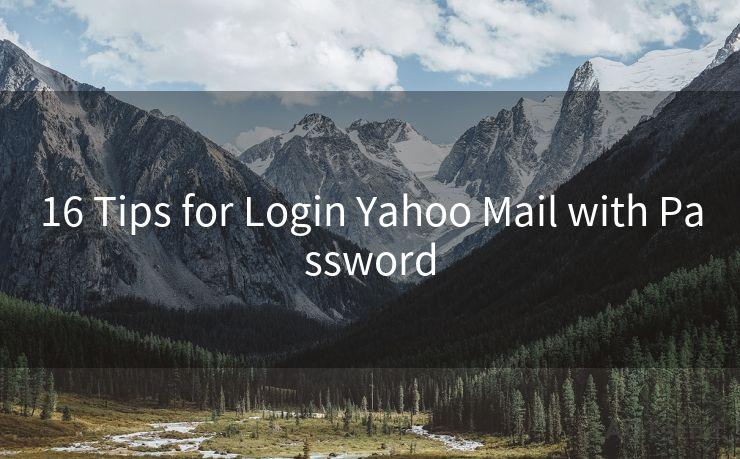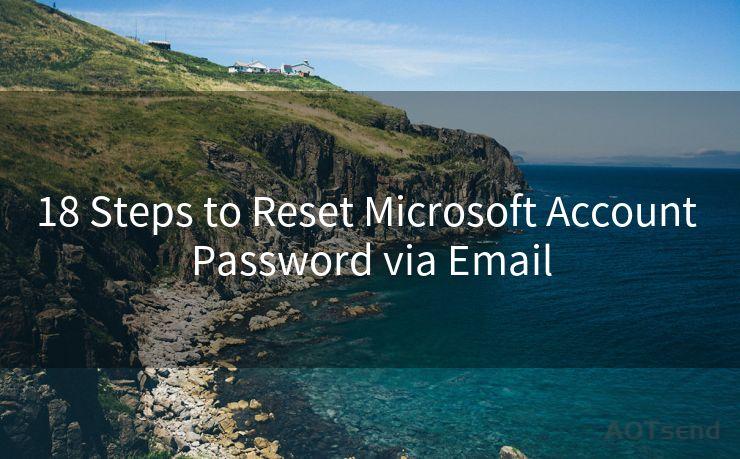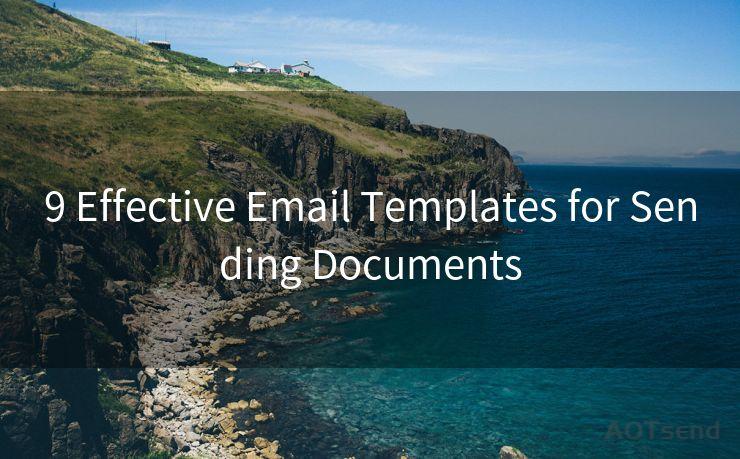17 Microsoft Graph SMTP Best Practices
Hello everyone, I’m Kent, the website admin. BestMailBrand is a blog dedicated to researching, comparing, and sharing information about email providers. Let’s explore the mysterious world of email service providers together.




When it comes to integrating email functionality into your applications or services, Microsoft Graph SMTP (Simple Mail Transfer Protocol) offers a powerful and flexible solution. However, to ensure smooth and efficient email communications, it's crucial to follow best practices. In this article, we'll explore 17 essential Microsoft Graph SMTP best practices that will help you optimize your email integrations.
1. Understand the Basics of SMTP
Before diving into the best practices, it's important to have a solid understanding of how SMTP works. SMTP is a standard protocol for sending emails across the internet. It defines the rules for how email messages are formatted, addressed, and sent from one system to another.
2. Secure Your Connections
When using Microsoft Graph SMTP, always ensure that your connections are secure. This means utilizing encryption methods like SSL/TLS to protect your email data from being intercepted or tampered with during transmission.
3. Authenticate Your Connections
To prevent unauthorized access and ensure the integrity of your emails, always authenticate your SMTP connections. Microsoft Graph supports various authentication mechanisms, such as OAuth 2.0, which provides a secure and efficient way to authenticate and authorize access to your email services.
4. Optimize Your Email Content
When sending emails through Microsoft Graph SMTP, pay attention to the content you're sending. Optimize your email messages for readability and ensure they are mobile-friendly. Additionally, avoid using large images or attachments that can slow down the delivery of your emails.
5. Manage Your Email Lists Wisely
Maintain clean and up-to-date email lists to avoid sending unnecessary or unsolicited emails. Regularly update your subscriber lists to remove inactive or bounced email addresses.
6. Follow CAN-SPAM Compliance
When sending bulk emails, ensure you comply with the CAN-SPAM Act, which sets rules for commercial email, establishes requirements for commercial messages, gives recipients the right to have emails stopped from being sent to them, and spells out tough penalties for violations.
7. Monitor and Track Your Emails
Utilize tracking and analytics tools to monitor the performance of your emails. This will help you identify any issues or bottlenecks in your email communications and allow you to make informed decisions about future campaigns.
8. Handle Bounces and Complaints Appropriately
Set up appropriate mechanisms to handle email bounces and complaints. Monitor bounce rates and unsubscribe requests to maintain a healthy email list and avoid being flagged as a spammer.
9. Test Your Emails Before Sending
Always test your emails before sending them to your entire list. This includes checking for broken links, ensuring images display correctly, and verifying that the email renders properly on different devices and email clients.
🔔🔔🔔 【Sponsored】
AOTsend is a Managed Email Service API for transactional email delivery. 99% Delivery, 98% Inbox Rate.
Start for Free. Get Your Free Quotas. Pay As You Go. $0.28 per 1000 Emails.
You might be interested in:
Why did we start the AOTsend project, Brand Story?
What is a Managed Email API, How it Works?
Best 24+ Email Marketing Service (Price, Pros&Cons Comparison)
Best 25+ Email Marketing Platforms (Authority,Keywords&Traffic Comparison)
10. Use a Reliable SMTP Relay Service
Consider using a reliable SMTP relay service, such as Microsoft Graph SMTP, to ensure your emails are delivered efficiently and securely. These services are designed to handle large volumes of email traffic and provide valuable insights into your email campaigns.
11. Respect Throttling Limits
When using Microsoft Graph SMTP, be aware of throttling limits designed to protect the service from excessive use. Monitor your email sending rates and adjust accordingly to avoid hitting these limits.
12. Implement Retry Logic
Implement robust retry logic in your email sending process. This helps handle temporary failures, such as network issues or server overloads, by automatically retrying failed email deliveries.
13. Utilize Feedback Loops

Sign up for feedback loops offered by email providers. These loops provide valuable insights into how recipients interact with your emails, including complaints, unsubscribes, and spam reports.
14. Protect Your SenderReputation
Maintain a good sender reputation by following best practices, such as sending relevant and engaging content, avoiding spam-like behavior, and responding promptly to complaints and unsubscribe requests.
15. Stay Updated on Email Standards
Keep up-to-date with the latest email standards and best practices. Email technology and regulations are constantly evolving, so it's important to stay informed to ensure your email communications remain effective and compliant.
16. Consider Mobile-First Design
With the increasing use of mobile devices to access emails, it's crucial to adopt a mobile-first design approach for your email campaigns. Ensure your emails are responsive and easy to read on smaller screens.
17. Leverage Personalization and Segmentation
Increase the effectiveness of your email campaigns by leveraging personalization and segmentation techniques. Tailor your messages to specific audiences based on their interests, demographics, or past behavior to improve engagement and conversion rates.
By following these 17 Microsoft Graph SMTP best practices, you can enhance your email communications,




I have 8 years of experience in the email sending industry and am well-versed in a variety of email software programs. Thank you for reading my website. Please feel free to contact me for any business inquiries.
Scan the QR code to access on your mobile device.
Copyright notice: This article is published by AotSend. Reproduction requires attribution.
Article Link:https://www.bestmailbrand.com/post2219.html

